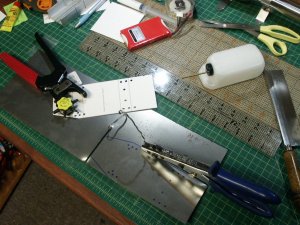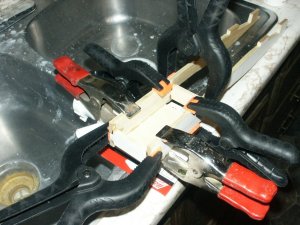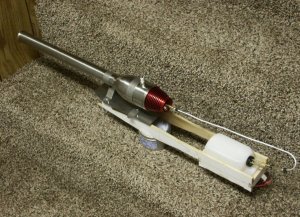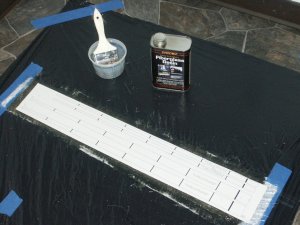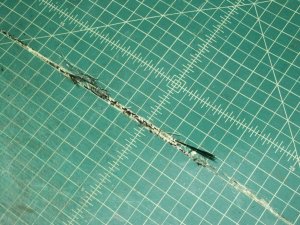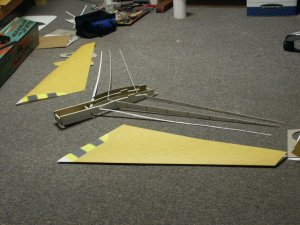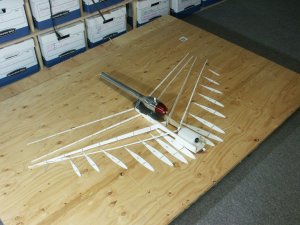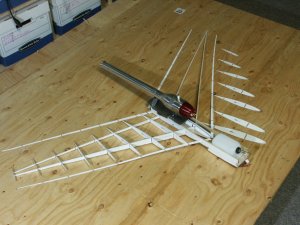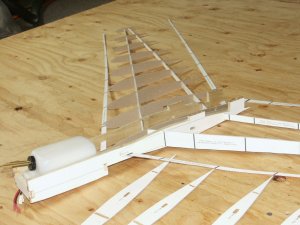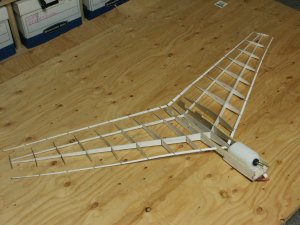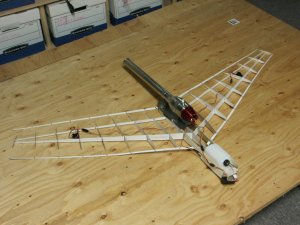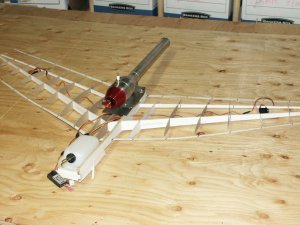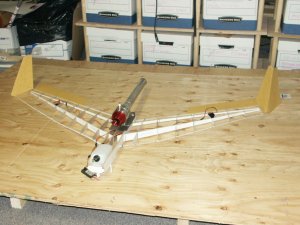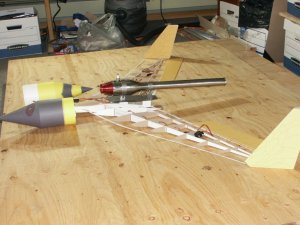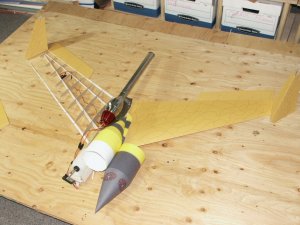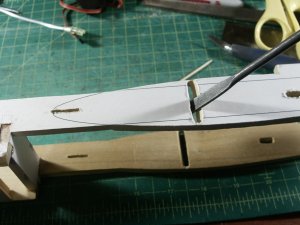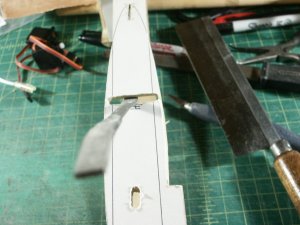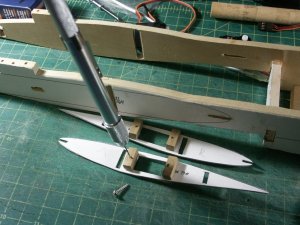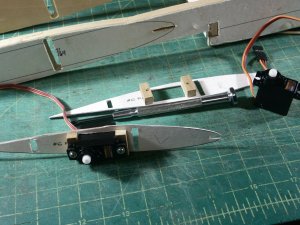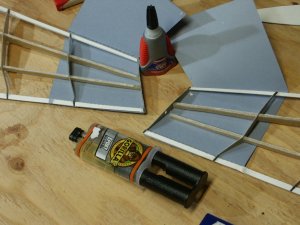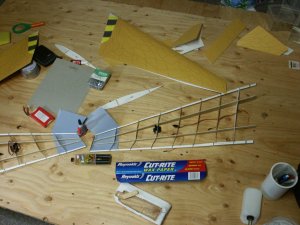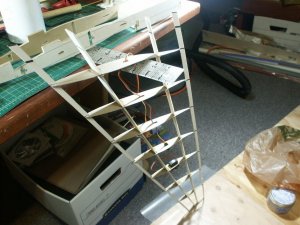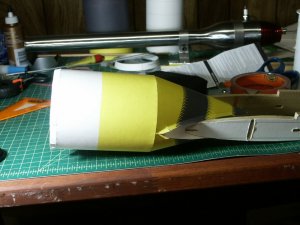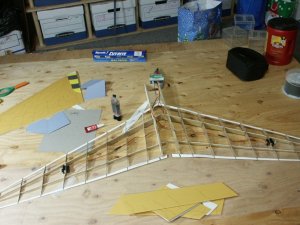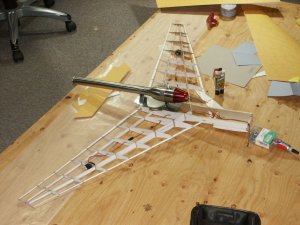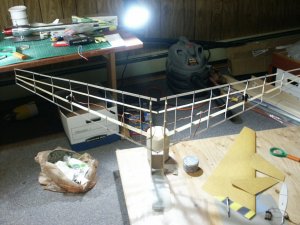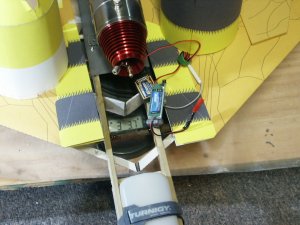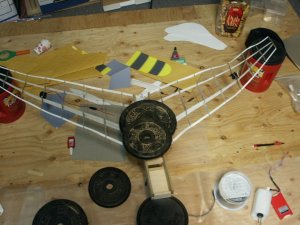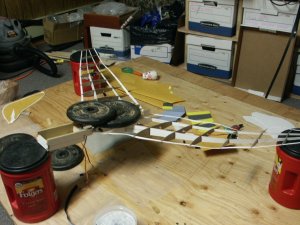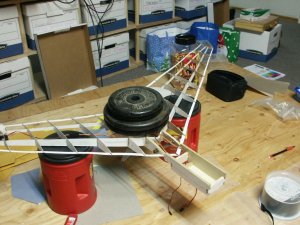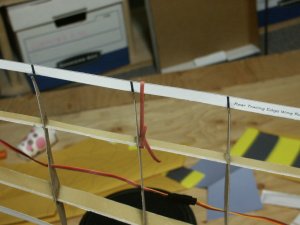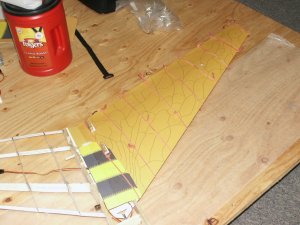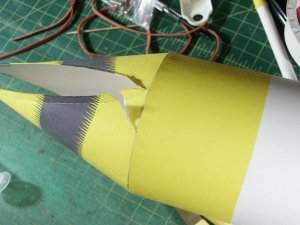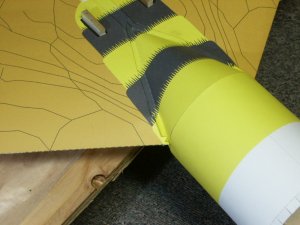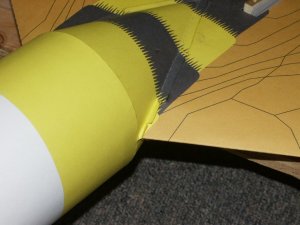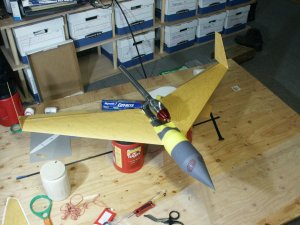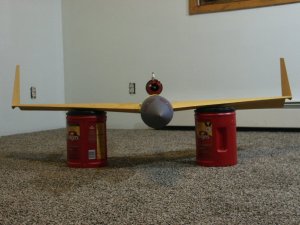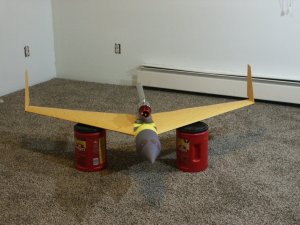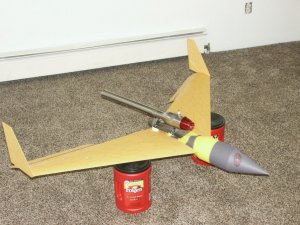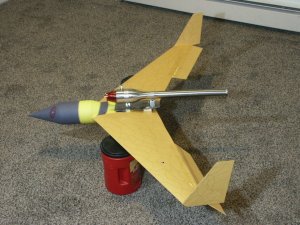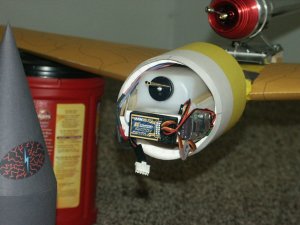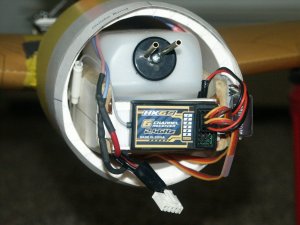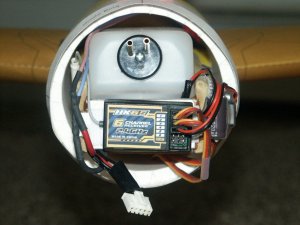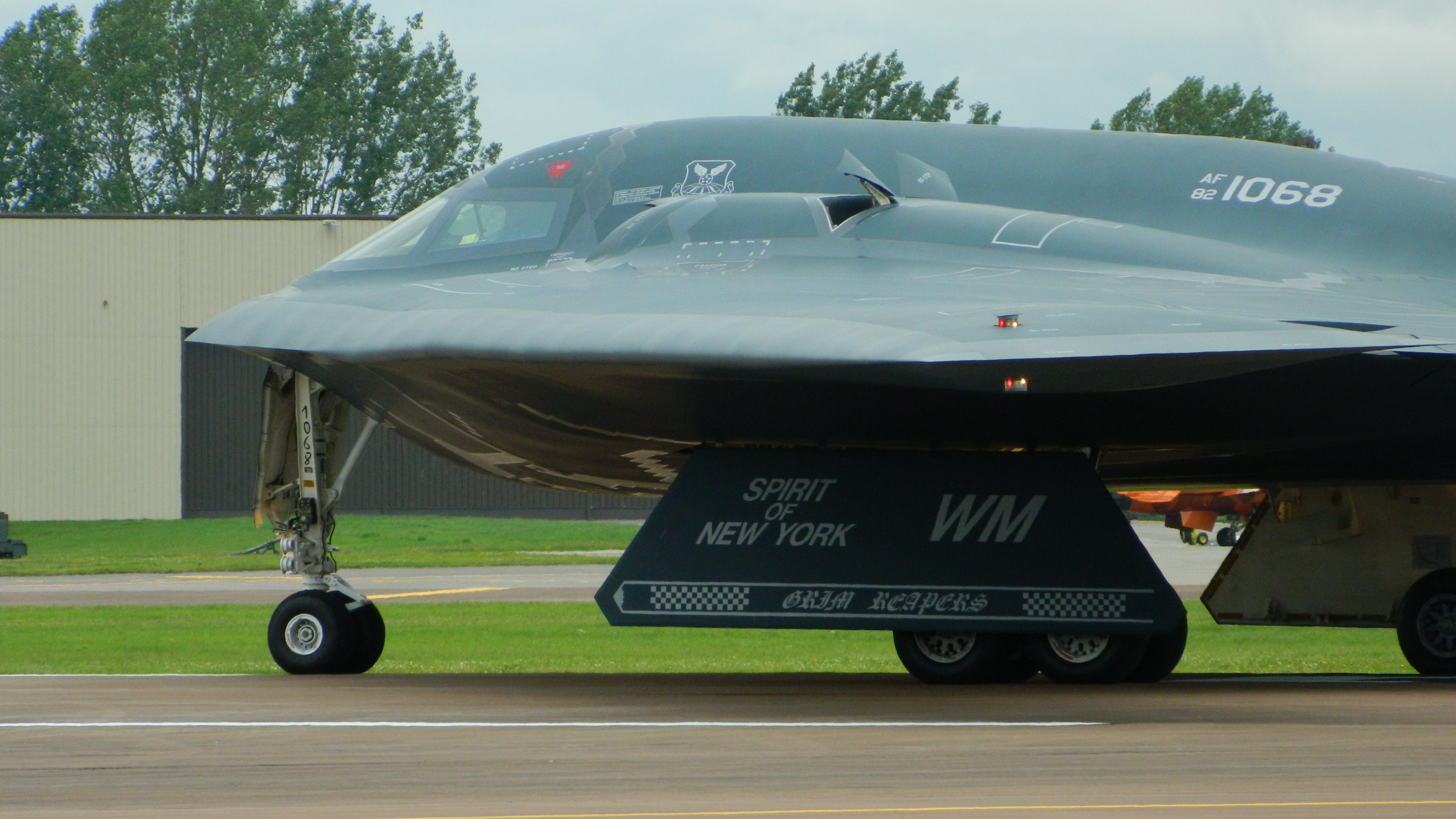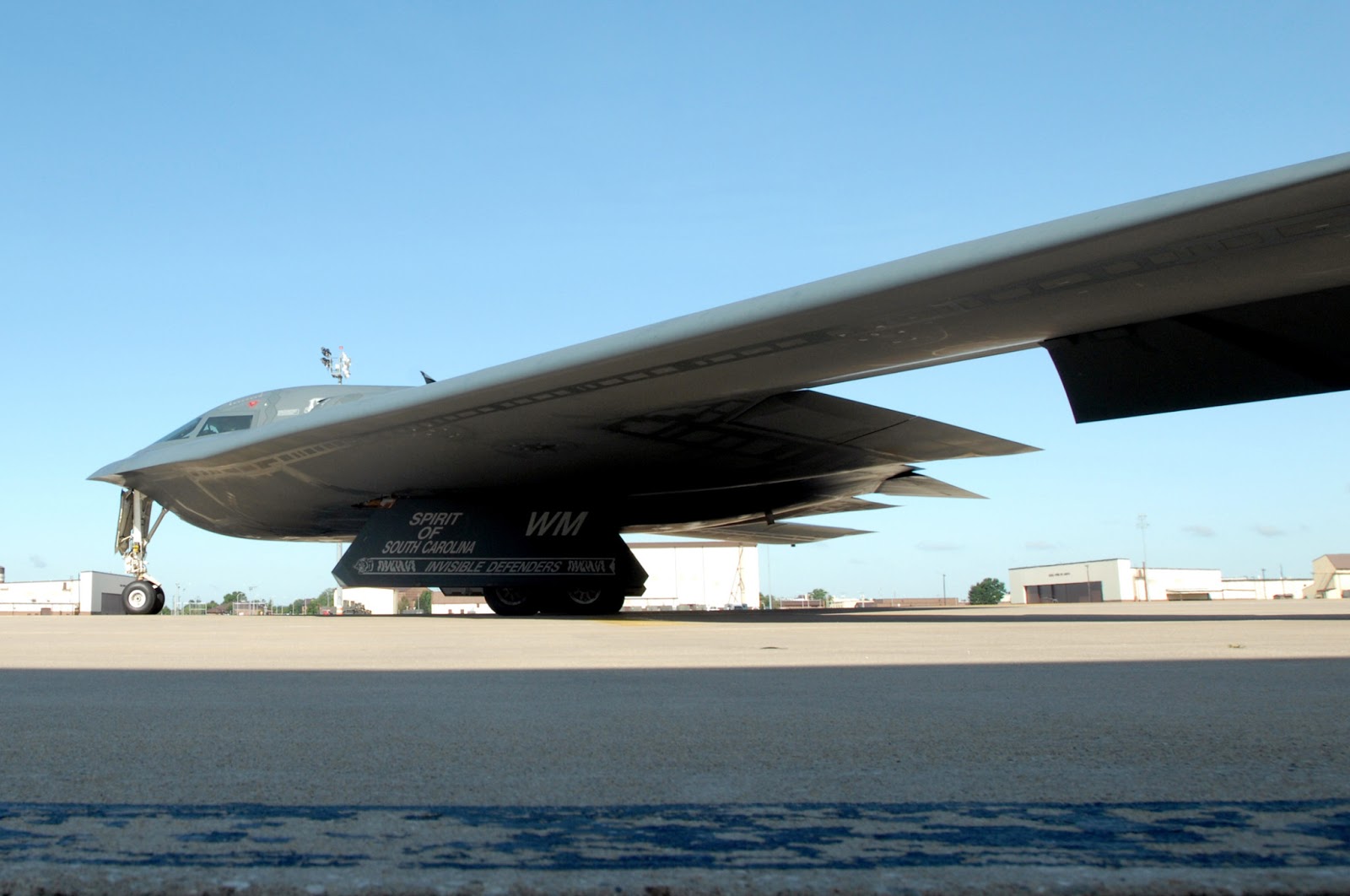Nice way to start 2015, completed Buzzzzz project at 1045pm Alaska time, on 01-01-2015. 400-photos during construction.
This thread is a copy of one posted at the other paper modeling site.
After several drawings, finally hit on a workable design. This thread is how it was made.
Besides Springhill Tag 125# Cardstock, other materials used are in the following list:
1) Metal 22 gauge plate for heat shield
2) 1/4" Thick x 3" Wide wood for Engine Mount, Battery / fuel mounts, electronics, finally to add strength to model and transfer power from engine to structure
3) Fiberglass resin, hardener, fiberglass matt & cloth for wing spars
4) Back of a desk calendar (heavy duty cardstock) for laminations
5) Ceramic Paper refractory for heat insulation between engine mounts and heat shield.
Photo 1 shows misc. items, cardstock patterns for wood metal heat shield, fuel tank.
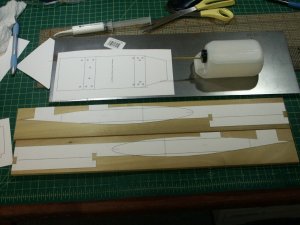
Photo 2 shows using a fiskars hobby knife to carve wood to pattern shape.
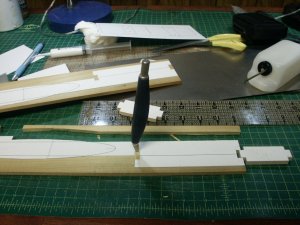
Photo 3 shows completed part before starting on second piece.
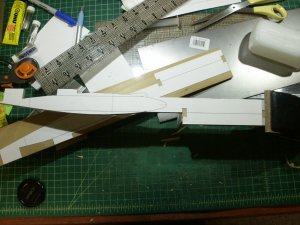
Photo 4 shows 2/3 completed wood mount system. Checking for fit. Pulsejet with cardstock heat shield pattern.
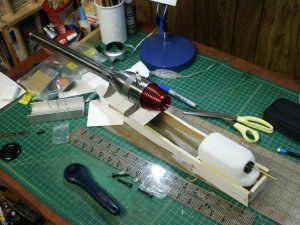
Photo 5 shows part location. Battery will lay flat under fuel tank, engine will mount to wood skid by use of screws with a metal heat shield under it. Skid still needs floor added.
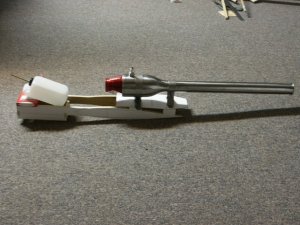
Well lots more to follow!
Mike
This thread is a copy of one posted at the other paper modeling site.
After several drawings, finally hit on a workable design. This thread is how it was made.
Besides Springhill Tag 125# Cardstock, other materials used are in the following list:
1) Metal 22 gauge plate for heat shield
2) 1/4" Thick x 3" Wide wood for Engine Mount, Battery / fuel mounts, electronics, finally to add strength to model and transfer power from engine to structure
3) Fiberglass resin, hardener, fiberglass matt & cloth for wing spars
4) Back of a desk calendar (heavy duty cardstock) for laminations
5) Ceramic Paper refractory for heat insulation between engine mounts and heat shield.
Photo 1 shows misc. items, cardstock patterns for wood metal heat shield, fuel tank.

Photo 2 shows using a fiskars hobby knife to carve wood to pattern shape.

Photo 3 shows completed part before starting on second piece.

Photo 4 shows 2/3 completed wood mount system. Checking for fit. Pulsejet with cardstock heat shield pattern.

Photo 5 shows part location. Battery will lay flat under fuel tank, engine will mount to wood skid by use of screws with a metal heat shield under it. Skid still needs floor added.

Well lots more to follow!
Mike


